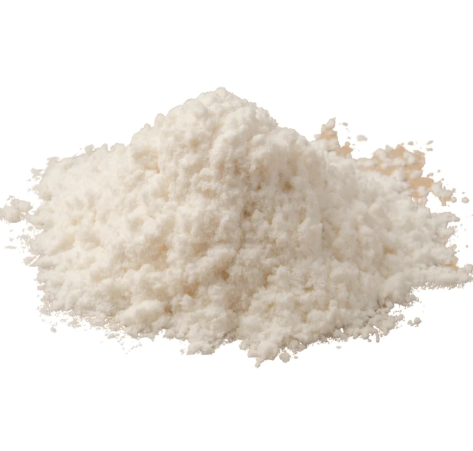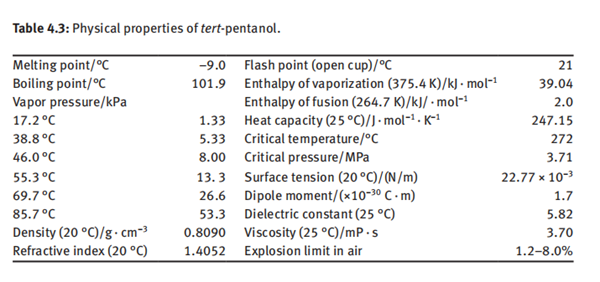Benefits and Side effects of Cellulose gel
Cellulose gel is often used as its sodium salt, sodium carboxymethyl cellulose. It used to be marketed under the name Tylose, a registered trademark of SE Tylose.

Effects
When cellulose reacts with a mild acid, it creates a water-soluble compound suitable for use as a food additive. This makes cellulose gel a very functional ingredient, as it helps prevent the separation of oil and water-based ingredients in food products.
Benefits
Cellulose gel offers numerous benefits, such as creating low-calorie food options, maintaining freshness in baked goods, and improving the texture of spice mixes and condiments. Cellulose gel powder made from plants, is a versatile food additive, it can be found in an array of everyday food products, catering to the needs of health-conscious consumers.
Cellulose gel is a key player in diet foods and beverages where it helps to reduce calories while preserving the preferred texture and taste.
Potential risks and Side effects
Despite its numerous benefits, the question is powdered cellulose gel bad for you? Cellulose gel is not without its potential risks and side effects. Some concerns include altering gut flora, causing allergic reactions, and providing no nutritional value.
Allergic reactions and Sensitivities
Although allergic reactions to cellulose gel are rare, some individuals may experience symptoms such as hives, itching, and difficulty breathing. In the event of an allergic reaction, it is recommended to seek medical attention immediately and abstain from consuming cellulose gel in the future.
It is important to note that cellulose gel is not a widely known allergen, and the likelihood of experiencing an allergic reaction or sensitivity is relatively low.


